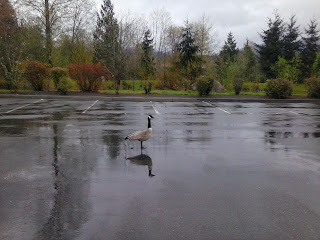This post is intended to make a point about what prioritizing bicycle infrastructure can accomplish.
In a previous post I mention numerous benefits to bicycle commute. Read it here if you don't know why biking is so amazing. But, for me, the single most fascinating statistic about the bicycle culture in Copenhagen is the reason most people (56%) give for why they bike: "it's faster and more convenient."
Um. What? I want to live in a place where it's easier to get to work, school, etc., by bike than it is by car. Can someone please start redesigning my city...now? What many people don't realize (besides the fact that a bicycle utopia is a real place) is that it is entirely possible to make this happen. You just need the right people pursuing the right priorities; a pretty stellar template exists for how to do it.
"We say that we don’t have a bicycle culture – we just have lots
of people riding their bike. It’s like a ‘Vacuum Cleaner Culture’ — a
tool to make their everyday life easier.” Said Mie Dyreberg
Haldrup at Copenhagenize Design Co., an urban planning company which
works closely with the City of Copenhagen’s Bicycle Office.
“It’s simply not (entirely) a question of branding ourselves as sustainable and healthy, but just a
matter of getting quick and easy from A to B. We call it ‘A2Bism’.” Said
Haldrup.
Many residents think the same, since according to a government poll,
56 percent of interviewed residents said the reason they bike is because
“it’s faster and more convenient”.
The point is not that biking is great for a number of different reasons. The point is that biking is the fastest and most convenient way to get from point A to point B AND that biking is great for all those other reasons. But it's also just funny that Copenhageners could care less about biking being good for reasons x, y, z; they do it because it's easiest. And the only reason it's easiest for ~40% of commuters to bike rather than drive is because the city is being designed and advancing this way.
"Basically, Copenhagen is a great role model for other cities
around the world considering the infrastructure, where cyclists has a
great priority.” Said Haldrup. “The bicycle infrastructure of
Copenhagen is intuitive, well designed and the city takes cycling
seriously as transport and not as a fringe activity. We focus on
‘Citizen Cyclists'"
So... what can prioritizing bicycle infrastructure accomplish? Remember, this could be anyone's city.
You really have to see to believe how beautifully the CPH bike system works (my pictures do not do justice):
Stranded, broken down bikes everywhere? It could be worse... (I am Legend, anyone?)















































































